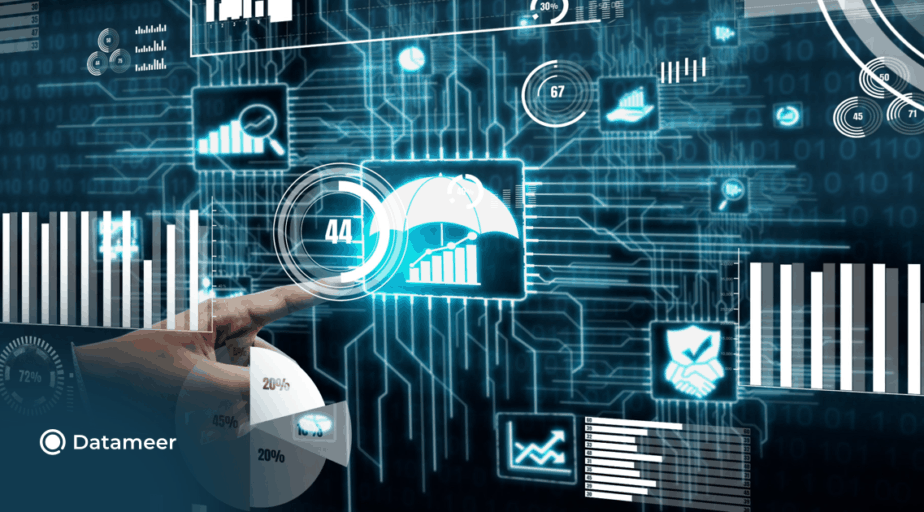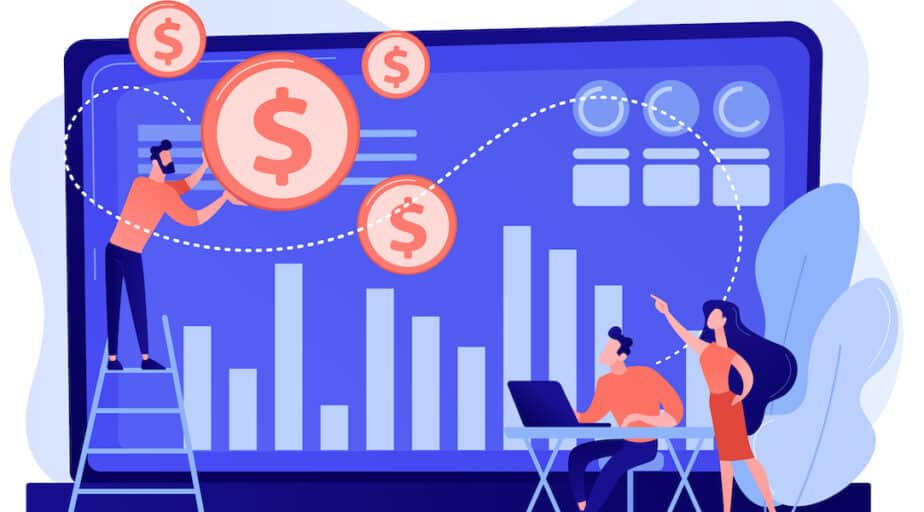How to Get the Data You Need
- John Morrell
- January 15, 2022

Common obstacles preventing you from getting the data you need.
Data is everywhere and is captured in many different end-points and applications, both cloud and on-premises. Each data source only captures a piece of information about a specific subject. And often, data about subjects need to be combined to create a complete view of a problem.
Modern analytics need to deliver in-depth answers and highly actionable insights to be useful to the business. Most dashboards deliver KPIs on the state of certain aspects of the business but do not have the information depth to say “what specifically is going on” and “how do we act.” Answering modern analytics questions at this level means creating datasets that have ALL the information about a particular problem AND the possible outcomes.
Modern “EL” tools are extremely good at getting data from each source into Snowflake, providing the subset of data about a specific subject. But where do you go from there? You need to transform and shape the data into models that provide detailed answers to your analytics questions and help derive the best actions or outcomes. This requires you to get the people who best know how to use the data – the data analysts – involved in modeling and transforming the data to get a complete view of the problem.
There are two key problems with most data transformation tools:
(1) They are designed as programmatic IDEs suitable for data engineers, not analysts
(2) They do not allow data engineers and analysts to work together to solve data problems
Why Datameer
Datameer delivers a data modeling and transformation platform that allows the people who best know how to apply various datasets – the analysts – to model, blend, transform, and enrich the data to answer these complex analyses and deliver actionable details. Datameer does not require deep programmatic or SQL skills. It allows the analyst to easily model and transform data to create an agile, iterative process to explore data, analyze it, and deliver answers.
In addition, Datameer creates a shared repository of rich information about the various datasets. Incoming source datasets are auto-documented, described, and tagged making discovery by analysts as easy as a Google search. Analysts can use this information to derive how to best use the raw data, combine it with other datasets, and enrich the data.
Do you want to see Datameer in action and explore these unique data modeling and transformation capabilities? Sign up for your free trial today!


